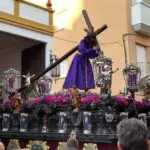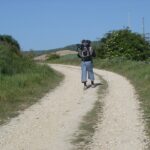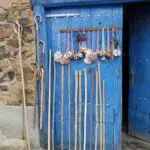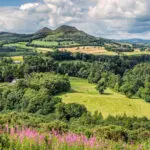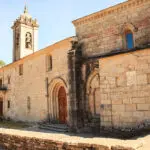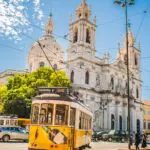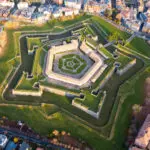Are you planning to undertake an epic walking adventure or pilgrimage? The Via Francigena, a historic path stretching from the rolling hills of England to the heart of Rome, offers more wonders than most.
Having attracted pilgrims for centuries, this ancient route, weaves across countries and cultures, taking in Roman, Medieval, and Rennaissance along the way. Join us for our guide to the Via Francigena, exploring its origins and the enduring magnetism that makes it such a popular choice among modern pilgrims.
And if we leave you feeling inspired, please take a look at our full selection of International Walking Tours and Pilgrimage Experiences.
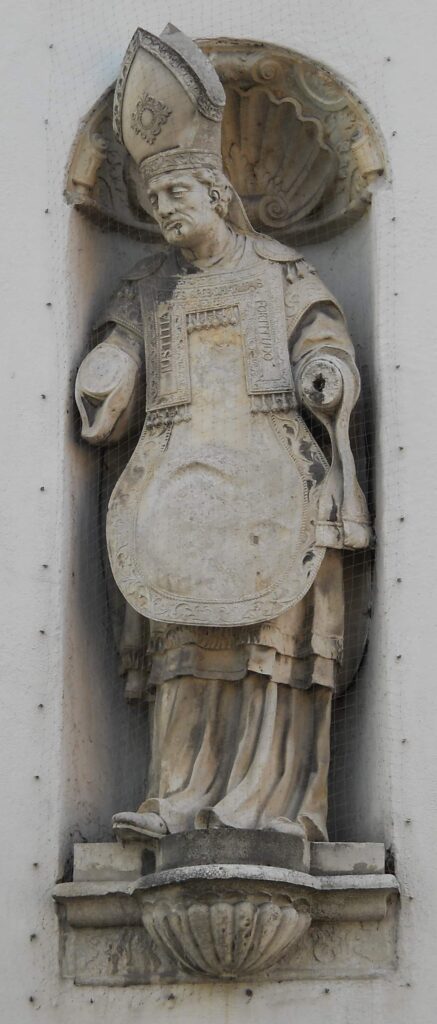
Saint Willibald: The Via Francigena Was First Documented in an Account of Willibald’s Travels
Historical Background of the Via Francigena
Although the route incorporates Roman roads, the pilgrimage itself has its origins in Medieval Christendom. The Via Francigena served as the principal thoroughfare for pilgrims journeying to Rome from the north. Its earliest name was the Lombard Way, evolving into the Frankish Route by the 8th century. This path was an artery for cultural and spiritual exchange across Europe; its mention in the Actum Clusio parchment of 876 is a sign of its significance at that time.
The route was immortalized by Sigeric the Serious, Archbishop of Canterbury, at the close of the 10th century. His pilgrimage to receive the pallium from Rome – and the meticulous record of his journey – offers a window into the pilgrimage’s holy importance. Unlike the rigid constructs of Roman roads, the Via Francigena was a fluid network of paths, adapting over centuries to the ebb and flow of trade, political climates, and the spiritual needs of its travelers.
It transcended geographical boundaries, connecting not cities, but the abbeys that dotted its length, and was safeguarded by the Lombards, ensuring its survival as a vital conduit between the north and Rome.
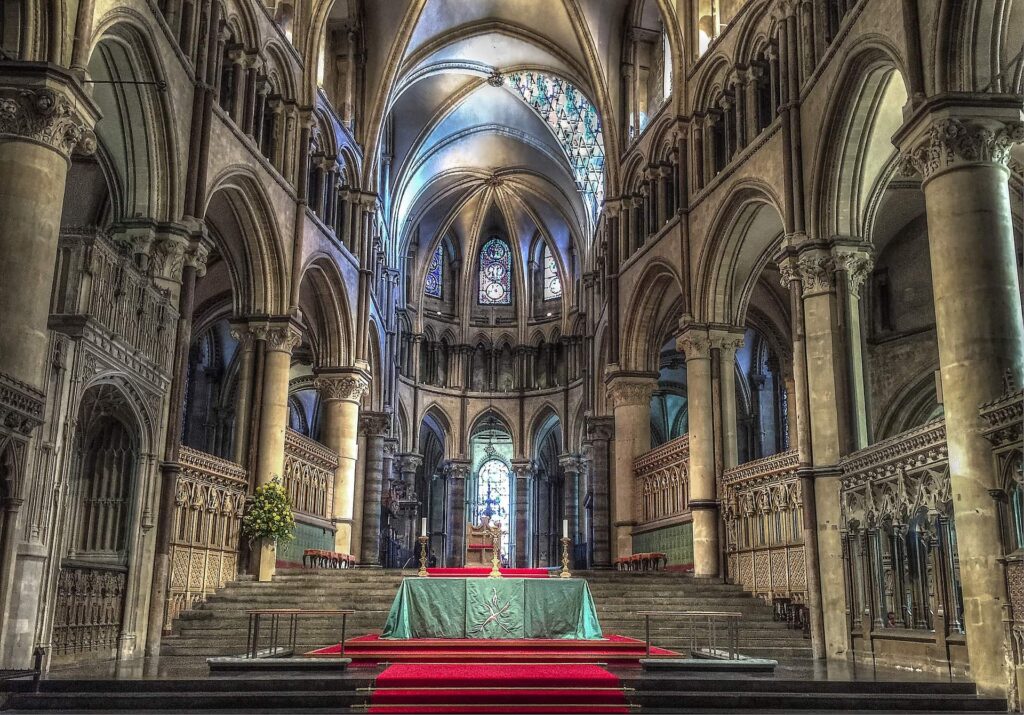
Canterbury Cathedral, a Traditional Starting Point for the Pilgrimage
Overview of the Via Francigena Route
The Via Francigena offers a journey through varied landscapes, from the rolling hills and quaint medieval towns of England to the rugged Alps of Switzerland and Italy’s extraordinary Rennaissance cities. Along the way, travellers are treated to an array of historical sites, from majestic cathedrals and castles to atmospheric monasteries and vibrant urban centres, each representing a unique chapter in the fantastical tale of the Via Francigena.
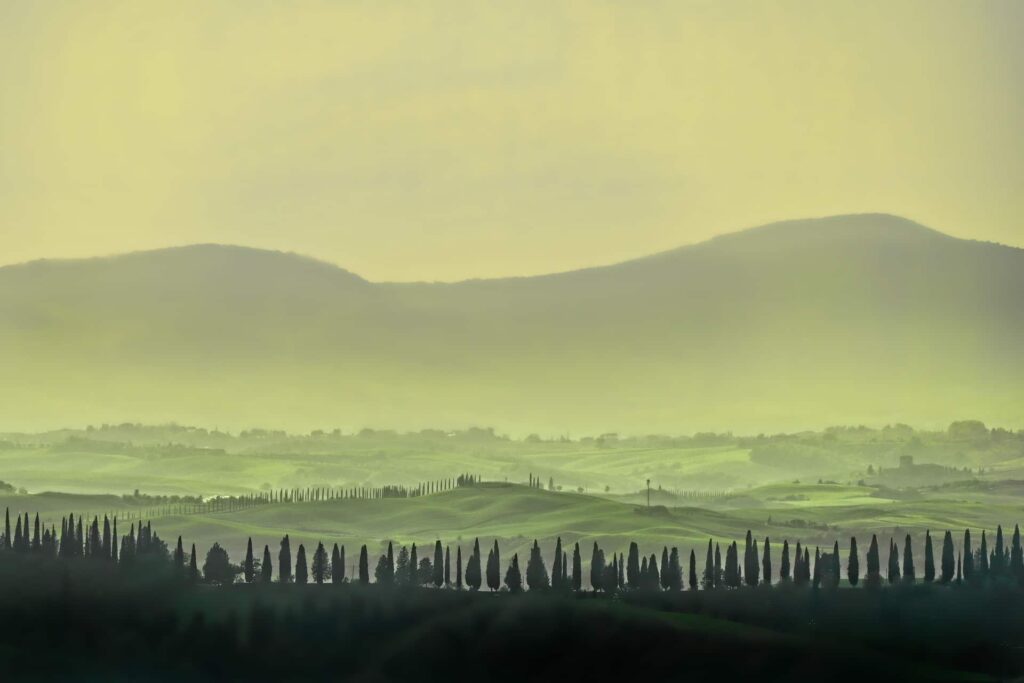
A Rolling Tuscan Landscape
Via Francigena – Heart of Tuscany
At Walk the Camino, we have put together some tours that showcase the best of the pilgrimage route. Our Heart of Tuscany Tour takes travellers from Lucca to Siena through Tuscany’s most enchanting medieval villages. This segment of the route offers unparalleled Tuscan walking experiences, twisting its way through San Miniato, San Gimignano, Monteriggioni, Buenconvento, and other beautiful spots.
The journey is also dotted with stunning natural views of the rolling Tuscan landscape. There’s simply no better way of enjoying the magic of the Via Francigena and of UNESCO sites like Siena, Rome, and the Vatican City firsthand.
H2: Cycle Italy’s Via Francigena – Siena to Rome
For cycling enthusiasts, our Siena to Rome Tour transforms the pilgrimage into an exhilarating ride across Tuscany and Lazio. Starting on the legendary white roads of Siena, the route traverses the iconic landscapes of Val d’Arbia and Val d’Orcia, stopping at gems like Bagno Vignoni and Radicofani.
The journey takes a serene pause at Lake Bolsena before cycling the ancient Via Cassia into Rome. This tour is a feast for the senses, crossing the vineyards of Brunello di Montalcino and areas renowned for Pienza cheese and extra virgin olive oil.
Cyclists completing this 400km journey from Lucca are eligible for the TESTIMONIUM certificate.
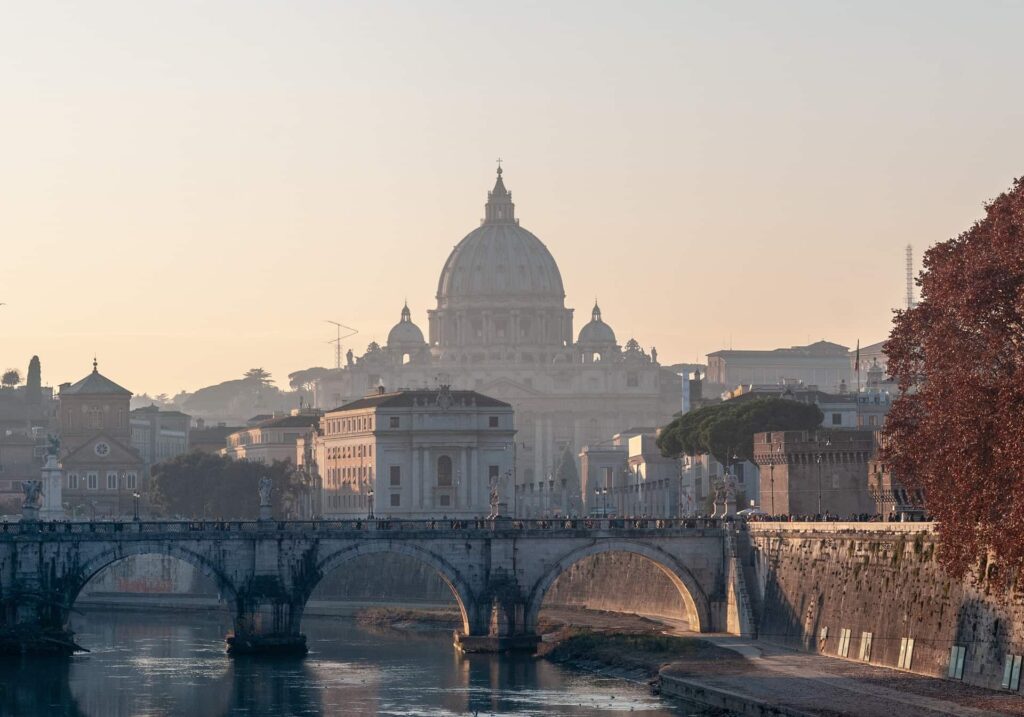
Rome at Dusk
Via Francigena – The Last Stage to Rome
Embarking on Walk the Camino’s Last Stage to Rome offers an epic 100km walk from Montefiascone to Rome, tracing the ancient Via Cassia. This section captures the essence of the pilgrimage, winding through Lazio’s green hills and historical villages.
Highlights include the Pellegrino neighbourhood in Viterbo, the ancient Etruscan track of Via del Signorino, and the amphitheatre of Sutri.
The journey culminates in an uplifting view of St. Peter’s dome from Monte Mario, where pilgrims receive the Testimonium certificate at St. Peter’s Basilica, a symbol of their spiritual and physical journey’s completion.
Each tour offers a unique perspective on the Via Francigena, allowing pilgrims to experience the route’s history, breathtaking natural landscapes, and profound spiritual significance.
Planning Your Via Francigena Pilgrimage
Timing and Preparation
The ideal months for embarking on the Via Francigena are late spring (April to June) and early autumn (September to October) to avoid the summer heat and winter cold. Start with assessing your physical readiness, as daily distances can vary significantly.
Essential gear includes comfortable walking shoes, a lightweight backpack, and weather-appropriate clothing.
Additionally, consider obtaining comprehensive travel insurance and familiarizing yourself with the visa requirements if travelling internationally.
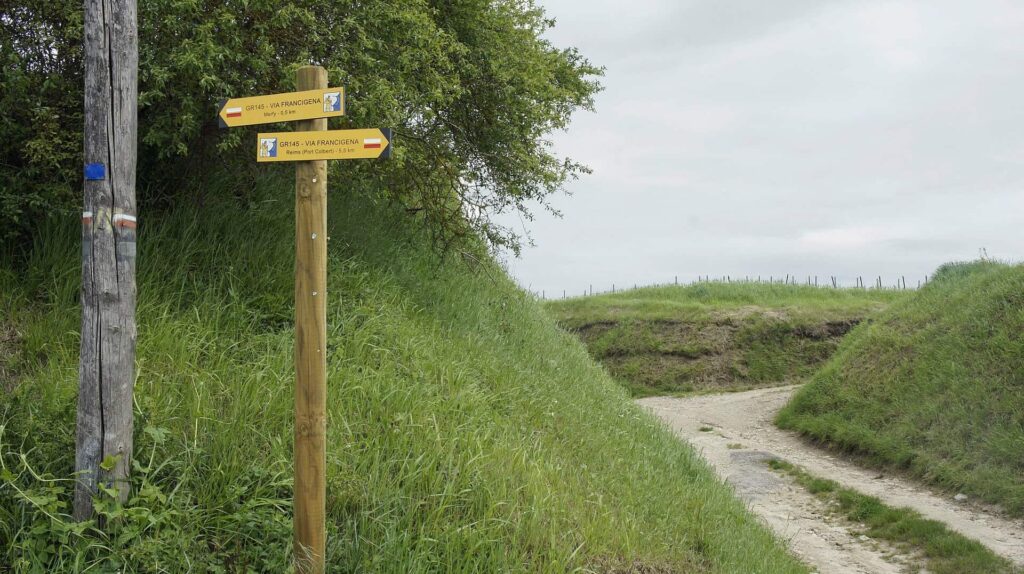
Wayfinding and Accommodation
Navigation
The Via Francigena is marked with official signs, but carrying a detailed guidebook or using a GPS app specifically designed for pilgrims can enhance your experience.
Accommodation
Options range from pilgrim hostels, known as “ostellos”, offering basic amenities, to B&Bs and hotels for those seeking more comfort. Booking in advance is advisable, especially in peak seasons, and carrying a pilgrim’s credential is essential for access to pilgrim-specific lodging.
Cultural and Spiritual Aspects
The Via Francigena is more than a physical journey; it’s a spiritual odyssey that connects pilgrims with centuries of history and devotion. Engaging with local communities, attending mass in ancient cathedrals, and visiting the myriad of sanctuaries en route enrich this experience.
Regardless of religious belief, the pilgrimage offers moments of reflection and opportunities to partake in local traditions, fostering a deep sense of connection to the path’s heritage.
Highlights and Must-See Sights
The Via Francigena threads through some of Europe’s most stunning landscapes and historic sites. Notable highlights include the picturesque Canterbury Cathedral (if starting in England, as per the early historical route), the breathtaking Great St. Bernard Pass, the rolling hills and vineyards of Tuscany, and finally, the historic and spiritual epicentre of Rome.
Each region offers unique sights, from medieval villages to UNESCO World Heritage Sites, ensuring a splendid diversity of experiences.
Practical Tips and Resources
Budgeting
Daily expenses can vary, with accommodation ranging from 15 to 100 euros per night. Meals and other necessities will add to this, so plan accordingly – it all depends on the kind of adventure you plan on having.
Health and Safety
Stay hydrated, protect yourself from the sun, and address any blisters or minor injuries immediately. Local pharmacies are well-equipped to offer advice and supplies.
Resources
Invest in a recent guidebook and consider apps like “Via Francigena” for up-to-date trail information, accommodation options, and cultural sites.
Join online forums or social media groups dedicated to the Via Francigena for advice and support from past and current pilgrims.
At Walk the Camino, we send our clients Cicerone’s Via Fracnigena guidebook in every guest’s travel pack – print or digital copies are available.
This brings an end to our Guide to the Via Francigena. If you have any questions, please get in touch.
Be sure to check out our range of Pilgrimage Tours before you go.

